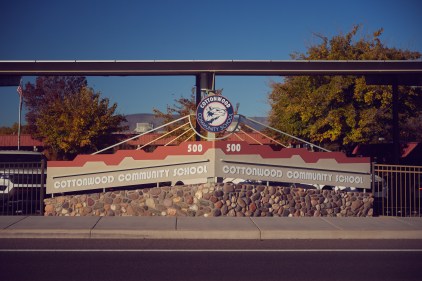In 1964, Samaria “Cookie” Mitcham Bailey was among the first Black students to desegregate public schools in Macon, Georgia. Sixty years later, her 13-year-old great-granddaughter, Zo’e Johnson, attends a private school that opened as white families fled desegregation. Researchers call schools like these “segregation academies.”
“So what touched you most about Grandma’s story?” asked Alyse Bailey, Zo’e’s great-aunt, as they sat at Cookie’s dining room table this year. Zo’e paused for a moment. “How she took people’s comments and racial things,” she said. “It didn’t stop her from what she wanted to do in life.”
Cookie still carries hurtful experiences from the year she desegregated a white high school. One instance happened during an English class. “This girl asked me if I had a tail,” Cookie recalled. She turned to the girl and demanded to know if she could see a tail.
“I’m a human being,” Cookie said.
Cookie hoped that her work desegregating schools would lead to more equal educational opportunities for future generations. Yet, when Zo’e began to have problems at her local public middle school, her family searched for options. Almost all were schools that remain largely segregated.
The family chose First Presbyterian Day, a predominantly white school known for its strong academics and Christian worldview. With the help of a state voucher-like tuition grant, Cookie has paid for Zo’e’s seventh grade year at the school. But she’s not sure she can continue to afford it.
Watch this 12-minute documentary to learn more about the challenge the family now faces.


















